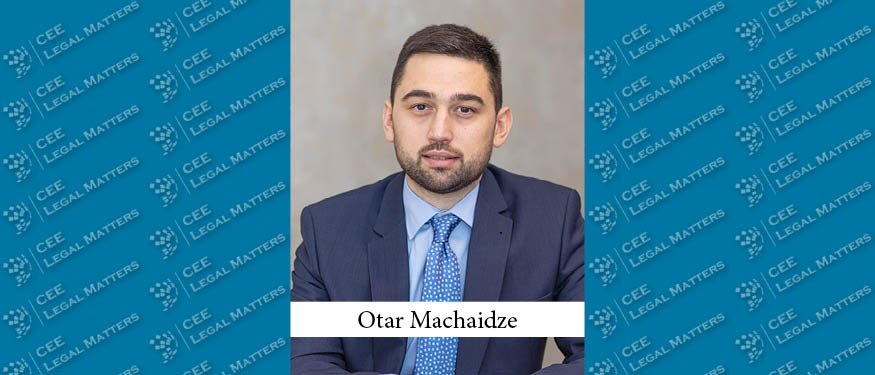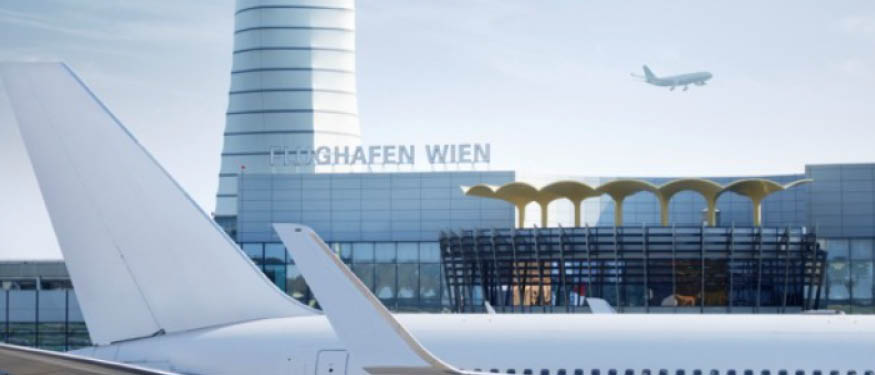Privatization in Serbia began in 1989 with the major social and economic reforms introduced by Ante Markovic, the last Prime Minister of former Yugoslavia.
Despite Serbian authorities harshly criticizing Markovic’s privatization program as an impermissible sale of socially-owned property (a form of ownership used in socialist countries, not quite equal to publicly-owned property as the rest of the world knows it), in 1991 Serbia enacted a law on transformation of ownership with internal increase of the capital of socially-owned companies by employees with discounts and repayment from workers’ salaries in multi-annual installments.
Noting the advanced state of privatization in other countries, in 1997 Serbia launched a new privatization concept with a system of issuing and distributing shares in two rounds. In the first round, 10% of shares were transferred to state funds without consideration, while up to 60% of shares were distributed to employees free of charge. In the second round the remaining shares were sold to the shareholders from the first round with discounts and a 6-year payment period. However, this concept was unattractive, as individual rights to free distribution and to discounts in payment for shares were based on employees’ years of service, and according to the official exchange rate for the Deutschmark, while the actual exchange rate for the Deutschmark according to which the company was evaluated was several times higher. Like the one before it, this privatization model was also the product of lack of political will for crucial economic change in Serbia.
Real political will for reform of the Serbian economy was demonstrated after the political changes of October 2000, when the newly-formed government created a Privatization Law in 2001. The privatization model was a sale of 70% of shares and transfer of the remaining shares free of charge, through two separate forms: (1) tenders for sale of the largest and most important socially-owned companies to buyers that had to meet certain qualification criteria, and (2) auctions for all other companies and a large number of interested buyers. Moreover, trade of the shares issued under previous regimes was enabled at this time by establishment of financial market institutions.
Through this model some of the largest Serbian companies were bought by renowned companies such as Telenor, Lafarge, Henkel, Michelin, Veolia, Beneton, Philip Morris, BTA, Stada, and Fiat, among others.
However, privatization in Serbia has still not lived up to expectations. The governments that succeeded the government from 2001 have not inherited its reformative potential, and after the 2003 assassination of Prime Minister Djindjic reforms in Serbia were delayed and postponed. Meanwhile, the revenues from the sale of privatized companies were spent and the state was forced to take loans in order to maintain the system and implement essential infrastructure projects. Serbia, as a society struggling to depart from the socialist model, relied on resources from “socially-owned property” for a long time, until it finally faced the fact that these resources have been distributed, spent, or were simply insufficient, and that fundamental reforms were now in order.
The new Serbian government elected on April 27, 2014, founded on just one political party, has been fully empowered by voters to carry out the reforms it announced in its electoral campaign. At its very inauguration the government announced a swift and sharp turnabout and reforms in all segments of society, with clear goals and dynamics and the emphasized priorities of decreasing the fiscal deficit, downsizing administration, strengthening the economy, and increasing employment.
As a result, the government has announced its intention to complete a series of amendments to several systemic laws by July 15, 2014, in order to clear the path for speedy reforms. In particular, amendments to bankruptcy law and privatization regulations are planned to facilitate swift privatization of the remaining unsold socially-owned companies and over 160 socially-owned companies that have been in the process of organizational and financial reorganization for a long time, and are of particular strategic importance for Serbia. All such companies will now either be sold or declared bankrupt. These companies include the Zelezara Smederevo steel mill, the Simpo Vranje furniture factory, the Prva Iskra, Zorka, Petrohemija, and Azotara chemical industries, the Krusik and Magnohrom special-purpose industries, the IMT and IMR agricultural machine factories, the Jumko and Niteks clothes factories, and large agricultural companies with tens of thousands of hectares of agricultural land such as PIK Zemun, PKB Beograd, Agrobacka, and others. The government has announced that privatization processes will be initiated for most state-owned companies at the very beginning of the government’s term of office, and that the Telekom national telecommunications operator, parts of the Elektroprivreda Srbije state electric company, the Serbian Zeleznice Srbije railways, the Dunav Osiguanje insurance company, and the Galenica pharmaceutical company will be up for sale. Strategic partners will be sought for the Belgrade Airport and the Serbian Lottery, as will a solution for the RTB Bor mining complex and Srbijagas gas company. The government is preparing new energy projects with value of up to EUR 8 billion. Infrastructure projects have already been arranged and preparations for commencement of works are under way, while further investments by way of concessions and PPP are expected.
By Aleksandar Hadzic, Partner, JPM Jankovic Popovic Mitic
This Article was originally published in Issue 3 of the CEE Legal Matters Magazine. If you would like to receive a hard copy of the magazine, you can subscribe here.
















